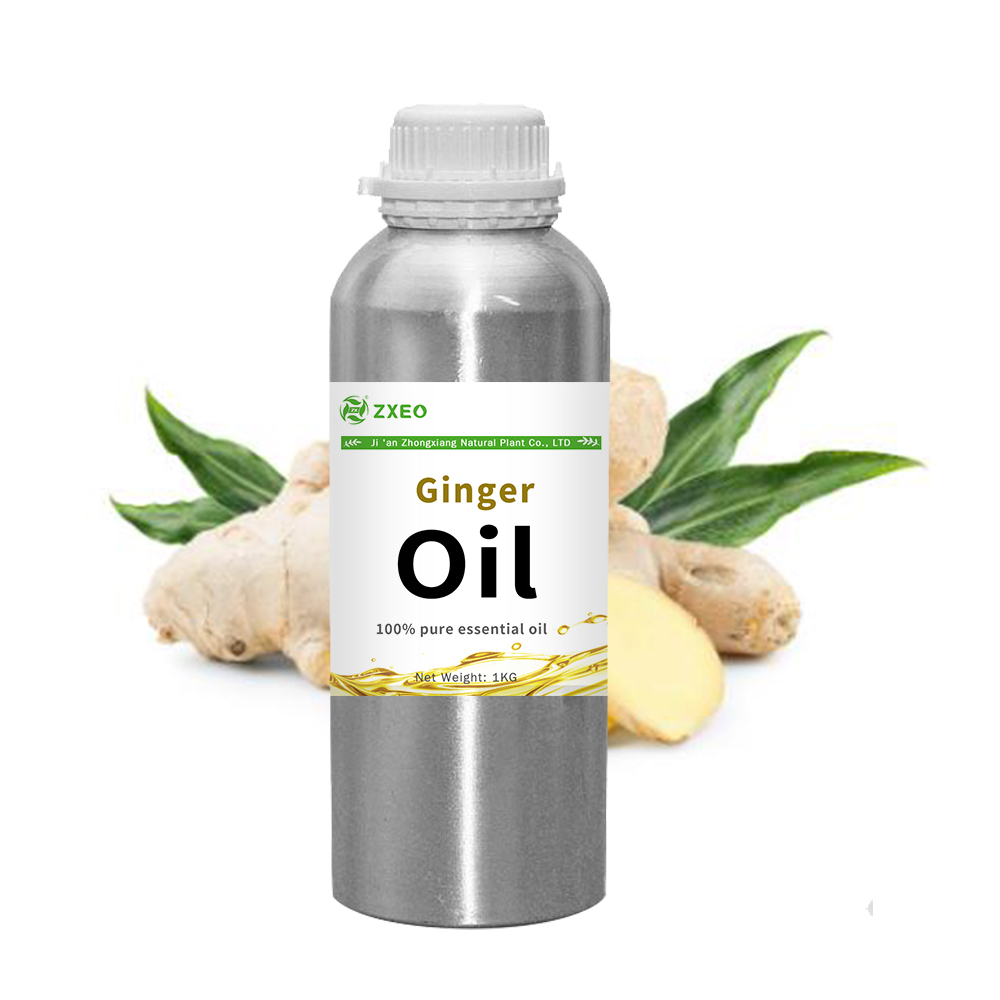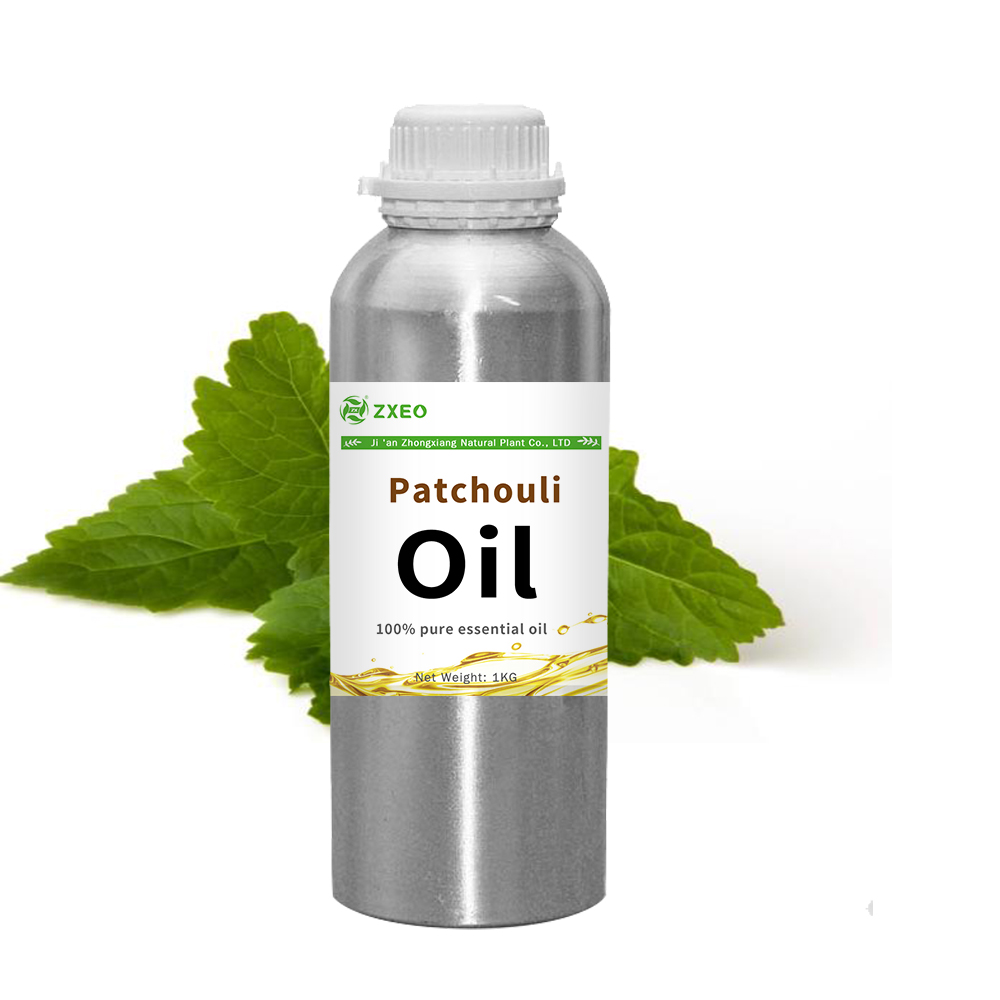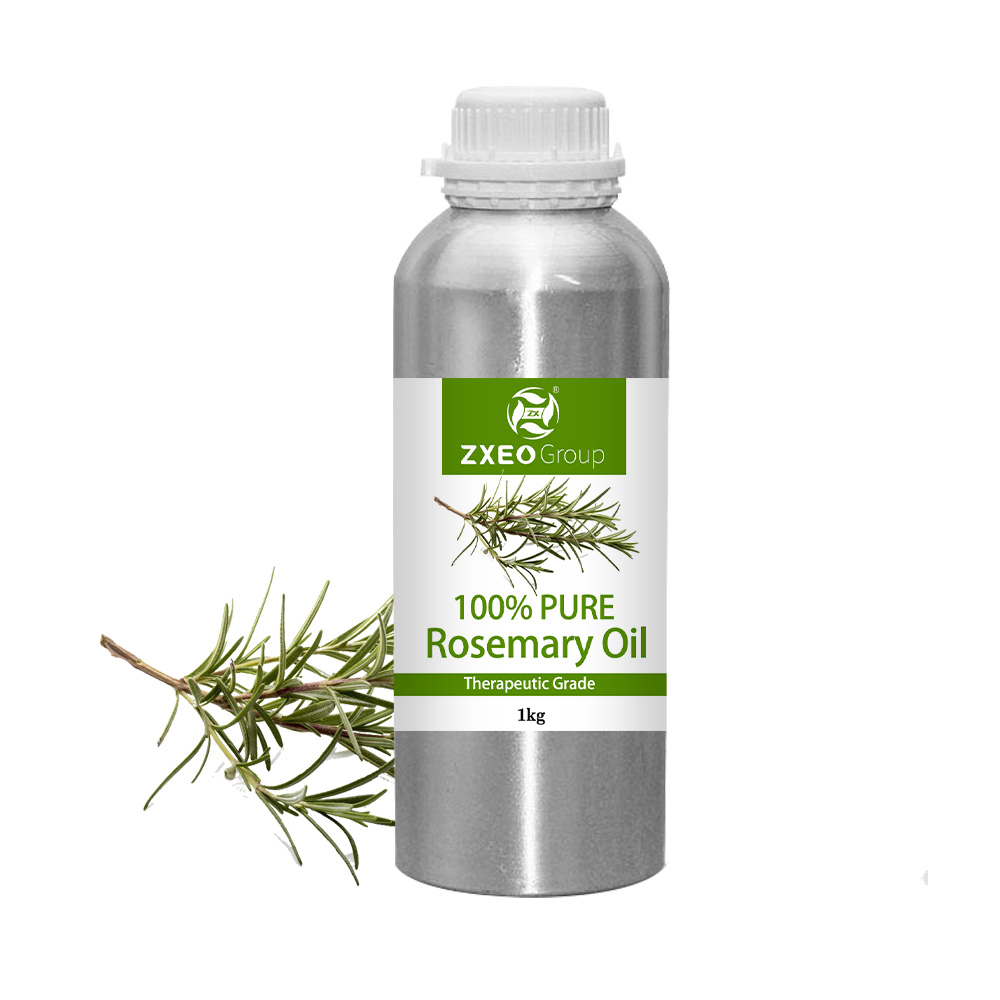-

High Quality Wholesale Price Bulk Vanilla Essential Oil Aromatherapy Cosmetic Oils
1. Heart Health-Booster
Cinnamon oil can naturally help to boost heart health. An animal study published in 2014 demonstrates how cinnamon bark extract along with aerobic training can help to improve heart performance. The study also shows how cinnamon extract and exercise can help to lower both overall cholesterol and LDL “bad” cholesterol while raising HDL “good” cholesterol. (5)
Cinnamon has also been shown to help foster nitric oxide production, which is beneficial for people with heart disease or who have suffered from a heart attack or stroke. In addition, it contains anti-inflammatory and anti-platelet compounds that can further benefit arterial health of the heart. (6)
2. Natural Aphrodisiac
In Ayurvedic medicine, cinnamon is sometimes recommended for sexual dysfunction. Is there any validity to that recommendation? Animal research published in 2013 points towards cinnamon oil as a possible natural remedy for impotence. For the animal study subjects with age-induced sexual dysfunction, Cinnamomum cassia extract was shown to improve sexual function by effectively boosting both sexual motivation and erectile function. (7)
3. Improves Blood Sugar Levels
In both human and animal models, cinnamon has been shown to have positive effects on insulin release, which means it can help keep blood sugar stable and therefore prevent chronic fatigue, moodiness, sugar cravings and overeating.
In a study of 60 people with type 2 diabetes, three different amounts (one, three or six grams) of cinnamon supplementation taken for 40 days all resulted in lower blood glucose levels as well as lower levels of triglycerides, LDL cholesterol and total cholesterol. (8)
You can use a high grade, pure cinnamon oil in your food to reap its blood sugar benefits. Of course, don’t overdo it because you don’t want your blood sugar to be too low either. Inhaling cinnamon essential oil can also help to keep unhealthy food cravings away.
-

Wholesale Ginger Oil Hair Growth Oil For Hair Loss Treatment
Benefits
Rejuvenating Bath Oil
Add a few drops of our natural Ginger essential oil in your bathtub filled with water. This will relax your senses and you can also blend it with ginger oil before adding it to the bathtub.
Treats Cold Feet
Blend our natural Ginger essential oil with coconut or jojoba carrier oil and massage it nicely on your feet to get relief from cold feet. Do not forget to rub it on the pulse points for faster relief.
Anti Dandruff Products
Ginger Essential Oil not only prevents dandruff but also thickens your hair on regular usage. It is healthy and ideal for the overall maintenance of your hair and therefore, it is widely used for manufacturing hair conditioners and shampoos.Uses
Relaxes Muscles
Blend Ginger Essential Oil in a base oil and massage it on the parts that are paining. It will provide instant relief from joint pain and muscle stiffness due to its anti-inflammatory properties.
Relief from Cold
Adding this pure Ginger Essential Oil in rubs and ointments will reduce the mucus that settles in your throat and lungs. It proves to be an excellent remedy to fight against cough and cold symptoms.
Induces Sound Sleep
For enjoying a sound sleep at night, you can apply this best Ginger Essential oil on the back of your pillow. You can also inhale it after adding a few drops on a cloth for similar results. -

Pure Natural Plant Steam Distilled Marjoram Essential Oil For Skincare
Benefits
Excellent for Inhalers
Our pure Marjoram Essential Oil is widely used in the manufacturing of inhalers due to its ability to clear sinuses and cold. It can also provide relief from headaches, coughs, and congestion due to its spasmodic properties.
Relaxing Bath
Our natural Marjoram Essential Oil can be used to enjoy a relaxing bath that will soothe your senses and reduce body ache. You can add it to your shampoos or lotions, or you can make handmade soaps.
Makes Skin Smooth
Incorporating our natural Marjoram Essential Oil in your skincare routine can be a good idea as it nourishes your skin deeply and keeps skin issues at bay. It is helpful in treating rough and patchy skin as it makes your skin soft and smooth.Uses
Peaceful Sleep
People who are dealing with restlessness or insomnia can diffuse this oil alone or after blending it with Clary Sage Essential Oil. The soothing fragrance and sedative properties of Marjoram Essential Oil will help you to sleep peacefully at night.
Joint Pain Reliver
Anti-inflammatory properties of our fresh Marjoram Essential Oil can be used to treat all types of joint pain like knee pain, elbow pain, etc. It can also be used for treating muscle spasms, body aches, arthritis, and other issues.
Insect Repellent
Mix a few drops of pure Marjoram Essential Oil in water and spray it in your rooms to keep pests and insects away. This essential oil is being widely used in manufacturing room sprays and insect sprays due to its ability to repel insects and viruses. -

China Manufacturer Factory Supply Natural Osmanthus Essential Oil
Benefits
Reduces Muscle Pain
Our best Osmanthus Essential Oil is an expert in releasing muscle tensions. This essential oil has got antispasmodic properties that ease tensed and sore muscles. It reduces muscle pain, arthritis, and soothes seizures.
Sound Sleep
Our organic Osmanthus Essential Oil has sedative properties that help stabilize nervous disturbances. Osmanthus essential oil helps people with insomnia by calming down the nerves and helps them get a sound sleep.
Toxin Remover
Pure Osmanthus Essential Oil helps remove toxins from our body and helps in getting rid of free radicals. The free radicals are responsible for the quick aging of your skin. It can be used as an ingredient in anti-aging creams and lotions.Uses
Soap Making
Organic Osmanthus Essential Oil has an exuberating aroma due to which it is used as a fragrance enhancer in soaps. Its antibacterial and exfoliating properties make it useful for protecting your skin from germs, oil, dust, and other environmental pollutants as well.
Scented Candle Making
Pure Osmanthus Essential Oil has a fresh, pleasant, and intensely rich floral aroma. It is often used to enhance the aroma of candles, incense sticks, and other products. It is also used in room fresheners because of its ability to expel bad odor.
Insect Repellent
Osmanthus Essential oil can be used as an insect repellent due to its anti-parasitic nature. Use Osmanthus Essential oil in your oil burner or drop a few in your room’s corner to prevent the entry of insects or bugs in your rooms. -

Factory Price 100% Pure Natural Seabuckthorn Fruit Oil Cold Pressed
Benefits
Improves Hair Growth
Presence of Vitamin E in our organic Seabuckthorn Fruit Oil enriches your hair and improves its growth naturally. It also supports scalp health due to the presence of Vitamin A and other nutrients. You can use sea Seabuckthorn Fruit Oil for hair conditioning.
Heals Sunburns
You can use our pure Seabuckthorn Fruit Oil to heal sunburns. It also proves to be useful in treating frostbites, insect bites, and bedsores. Organic Seabuckthorn Fruit Oil is also used for treating open wounds, cuts, and scrapes.
Protects Skin
Organic Seabuckthorn Fruit Oil protects your skin from UV rays, pollution, dust, and other external toxins. Seabuckthorn Fruit Oil benefits skin and by using it in sunscreens and skin protection creams. It protects your hair from heat and ultraviolet rays.Uses
Massage oil
Seabuckthorn Fruit Oil proves to be excellent for massages because it can help lower the pain associated with bones, joints, and muscles. Massaging Seabuckthorn Fruit Oil on your body regularly will cleanse your skin’s pores and makes it smooth and fluffy.
Mosquitoes Repellent
Sea Buckthorn Oil has already been used in several mosquito repellents. It may prove to be instrumental in driving away pests and insects from your home. For that, diffuse natural Sea Buckthorn Oil first and then let its strong odor do its job.
Hair Care Products
For preventing hair loss, you can add a few drops of our natural Seabuckthorn Fruit Oil to your shampoo. The vitamins present in Seabuckthorn Fruit Oil will restore the natural elasticity of your hair and prevent it from breaking. -

Pure Natural Patchouli Essential Oil Used for Body Care with Best Price
Benefits
Rejuvenating Baths
You can enjoy a rejuvenating bath by adding a couple of drops of this essential oil to your bathtub. You may also create DIY bath oils with Patchouli essential oil.
Healing Joint Pain
Due to its analgesic and anti-inflammatory properties, you can use this oil to heal joint pain. Moreover, Patchouli Essential Oil proves to be effective against sore muscles and spasms as well. It is potent in bringing down joint swellings, pains, and issues associated with joints.
Reducing Anxiety
Dry and irritated throat, headache, and other issues can be resolved by using patchouli essential oil blends. You can also use it to fight restlessness and anxiety. It is more effective when you perform massage and aromatherapy treatment simultaneously.Uses
Skin Care Products
Patchouli essential oil acts as a tonic for your skin by restoring its natural moisture and nourishing it with essential nutrients. Natural Patchouli Oil promotes the growth of new skin cells. It is used to heal and recover from wounds, cuts, and bruises faster.
Air Freshener & Cleaning Agent
Patchouli Essential Oil is used to purify the air due to its ability to eliminate foul odor by killing the responsible bacteria. Even this oil good for cleaning surfaces.
Treating Congestion
The expectorant properties of pur Patchouli oil clears mucus and offers instant relief from congestion. It also clears the deposits that might block your nasal passages to cause a disturbance. -

Hot Sale Pure Natural Plant Mandarin Essential Oil For Skin Care Aroma
Benefits
Heals Wounds
Mandarine essential oil can heal scars, wounds, and marks. This oil contains omega fatty acids, aiding skin repair by regenerating newer skin cells. It can also be added to lotions, moisturizers, and creams for the same effect.
Anti-inflammatory
With the powerful anti-microbial and anti-bacterial properties of mandarine essential oil, you can achieve clean, acne-free skin. Mandarine oil’s anti-inflammatory properties soothe all skin irritation, pain, and redness. It also moisturizes and soothes dry, scaly and oily skin.
Bath Oil
Mandarine essential oil provides refreshment and energy throughout the day. It will also give you a great start to your day! Add a few drops of Mandarine essential oil to a bathtub filled with warm water for a luxurious bath. Use theis essential oil results in smoother, more radiant skin.Uses
Pain Reliever Products
Mandarine essential oil has anti-inflammatory properties that offers pain relief. Massage it on the affected area if your muscles are sore, tense, or suffer from muscle spasms. This oil can also help with cramps and convulsions.
Hair Care Products
While nourishing the hair, Mandarine essential oil reduces hair fall and cleans up scalp infections. Mandarine Essential Oil for hair care regularly will make your hair shiny and strong. It will also encourage rapid hair growth.
Room Freshener
With Mandarine essential oil, fill your cozy car space with a refreshingly tangy yet sweet aromatic scent. Dab this oil on a cotton ball to refresh your car and place it over the vents. You can use Mandarine oil to deodorize your rooms -

High Quality Oil Pure Natural Therapeutic Grade Spearmint Essential Oil
Benefis
Promotes Hair Growth
Skin Cleanser
Treats Acne & Reduces Wrinkles
Refresh Your Mind
Making DIY Products
Reducing SwellingUses
Aromatherapy Oil
You can massage a diluted blend of pure Spearmint essential oil on your scalp to reduce scalp irritation. This treatment will minimize dandruff and will also improve the overall health of your hair and scalp.
Cosmetics Soaps
Organic Spearmint Essential Oil cleanses dirt, oil, and other toxins from your skin. It also tightens your pores and makes your skin firmer and healthier than before.
Skin Care Products
Uplifting fragrance of Spearmint oil can be utilized for making DIY perfumes, body cleansers, deodorants, colognes, etc. You can also make scented candles by using them.
Reducing Nasal Congestion
Swelling that occurs after injuries and wounds can be soothed by applying a light coat of Spearmint oil on the affected area. It will also tow down the redness and itchiness of the skin -

Pure Therapeutic Grade Palo Santo Essential Oil for Skin Perfume Bath
Benefits
Bath & Shower
Add 5-10 drops to hot bath water, or sprinkle into shower steam before getting in for an at-home spa experience.
Massage
8-10 drops of essential oil per 1 ounce of carrier oil. Apply a small amount directly to areas of concern, such as muscles, skin, or joints. Work the oil gently into the skin until it is fully absorbed.
Inhalation
Inhale the aromatic vapors directly from the bottle, or place a few drops in a burner or diffuser to fill a room with its scent.
DIY Projects
This oil can be used in your homemade DIY projects, such as in candles, soaps and other body care products!Uses
Balancing and tranquilizing. Helps ease occasional tension and instill feelings of sublime contentment.
-

Natural 100% Sweet Orange Essential Oil Massage Body Perfume Oil
Benefits
Anxiety Treatment
People who suffer from anxiety or depression can inhale it directly or via diffusing. Orange Essential Oil also promotes clarity of thoughts and boosts the overall well-being of a person.
Stress Buster
Antidepressant properties of orange oil help in reducing stress and anxiety. It promotes a feeling of happiness and a sense of positivity when used for aromatherapy purposes.
Heals Wounds & Cuts
Anti-inflammatory properties of orange oil used for healing the pain or inflammation associated with wounds and cuts. It also promotes faster recovery of minor cuts and injuries.Uses
Making Perfumes
The refreshing, sweet, and tangy scent of Orange Essential Oil adds up to a unique fragrance when used in making natural perfumes. Use it to improve the aroma of your homemade skin care recipes.
Surface Cleaner
Sweet Orange Essential Oil is known for its surface cleansing properties as well. Therefore, you can make a DIY home cleaner with the help of this oil and some other ingredients.
Mood Booster
The soothing, sweet, and tangy fragrance of orange essential oil will elevate your mood by reducing stress. It helps relax your mind and calm your senses after a busy day. -

Therapeutic Grade Pure Eucalyptus Essential Oil Premium Aromatherapy
Benefits
Improves Respiratory Conditions
Eucalyptus essential oil improves many respiratory conditions because it helps to stimulate your immune system, provide antioxidant protection and improve your respiratory circulation.
Reduces Pain and Inflammation
A well researched eucalyptus oil benefit is its ability to relieve pain and reduce inflammation. When it’s used topically on the skin, eucalyptus can help to reduce muscle pain, soreness and swelling.
Repels Rats
Did you know that eucalyptus oil can help you to get rid of rats naturally? eucalyptus can be used in protecting an area from house rats,which indicates a significant repellent effect of eucalyptus essential oil.Uses
Alleviate Sore Throat
Apply 2–3 drops of eucalyptus oil to your chest and throat, or diffuse 5 drops at home or work.
Stop Mold Growth
Add 5 drops of eucalyptus oil to your vacuum cleaner or surface cleaner to inhibit the growth of mold in your home.
Repel Rats
Add 20 drops of eucalyptus oil to a spray bottle filled with water and spray areas that are prone to rats, such as small openings in your home or near your pantry. Just be cautious if you have cats, as eucalyptus can be irritating to them.
Improve Seasonal Allergies
Diffuse 5 drops of eucalyptus at home or work, or apply 2–3 drops topically to your temples and chest. -

Rosemary Essential Oil Skin Care Oil Essence Hair Growth Oil Cosmetic raw material
Combat Gastrointestinal Stress
Rosemary oil can be used to relieve a variety of gastrointestinal complaints, including indigestion, gas, stomach cramping, bloating and constipation. It also stimulates appetite and helps regulate the creation of bile, which plays a crucial role in digestion. To treat stomach ailments, combine 1 teaspoon of a carrier oil such as coconut or almond oil with 5 drops of rosemary oil and gently massage the mixture over your abdomen. Applying rosemary oil in this way on a regular basis detoxifies the liver and promotes gallbladder health.
Relieve Stress and Anxiety
Research shows that simply inhaling the aroma of rosemary essential oil can lower levels of the stress hormone cortisol in your blood. High cortisol levels are caused by stress, anxiety or any thought or event that puts your body in “fight-or-flight” mode. When stress is chronic, cortisol can cause weight gain, oxidative stress, high blood pressure and heart disease. You can combat stress instantly using an essential oil diffuser or even by inhaling over an open bottle. To create an anti-stress aromatherapy spray, simply combine in a small spray bottle 6 tablespoons of water with 2 tablespoons of vodka, and add 10 drops of rosemary oil. Use this spray at night on your pillow to relax, or spray it into the air indoors any time to relieve stress.
Reduce Pain and Inflammation
Rosemary oil has anti-inflammatory and pain-relieving properties you can benefit from by massaging the oil on the affected area. Mix 1 teaspoon of a carrier oil with 5 drops of rosemary oil to create an effective salve. Use it for headaches, sprains, muscle soreness or pain, rheumatism or arthritis. You can also soak in a hot bath and add a few drops of rosemary oil to the tub.
Treat Respiratory Problems
Rosemary oil works as an expectorant when inhaled, relieving throat congestion from allergies, colds or flus. Inhaling the aroma can fight respiratory infections because of its antiseptic properties. It also has an antispasmodic effect, which helps in the treatment of bronchial asthma. Use rosemary oil in a diffuser, or add a few drops to a mug or small pot of boiling-hot water and inhale the vapor up to 3 times daily.
Promote Hair Growth and Beauty
Rosemary essential oil has been found to increase the growth of new hair by 22 percent when massaged onto the scalp. It works by stimulating scalp circulation and can be used to grow longer hair, prevent baldness or stimulate new hair growth in balding areas. Rosemary oil also slows the graying of hair, promotes shininess and prevents and reduces dandruff, making it a great tonic for overall hair health and beauty.
Enhance Memory
Greek scholars are known to have used rosemary essential oil to improve their memory before exams. A recent study published in the International Journal of Neuroscience evaluated the cognitive performance of 144 participants when using rosemary oil for aromatherapy. It found that rosemary significantly enhanced the quality of memory and increased mental alertness. Another study, published in Psychogeriatrics, tested the effects of rosemary oil aromatherapy on 28 elderly dementia and Alzheimer’s patients and found that its properties can prevent and slow Alzheimer’s disease. Add a few drops of rosemary oil to lotion and apply it to your neck, or use a diffuser to reap the mental benefits of rosemary oil’s aroma. Whenever you need a boost of mental energy, you can even inhale over the bottle of oil to get the same effects.
Fight Bad Breath
Rosemary essential oil has antimicrobial qualities that make it an effective counter for bad breath. You can use it as a mouthwash simply by adding a few drops of rosemary oil to water and swishing it around. By killing bacteria, it not only fights bad breath but also prevents plaque buildup, cavities and gingivitis.
Heal Your Skin
Rosemary oil’s antimicrobial properties make it likewise effective in treating skin problems such as acne, dermatitis and eczema. By hydrating and nourishing the skin while killing bacteria, it makes a great addition to any moisturizer. Simply add a few drops to facial moisturizer to use rosemary oil every day and get a healthy glow. To treat problem areas, dilute 5 drops of rosemary oil in 1 teaspoon of a carrier oil and apply it to the site. It won’t make your skin more oily; in fact, it removes excess oil from the surface of your skin.

